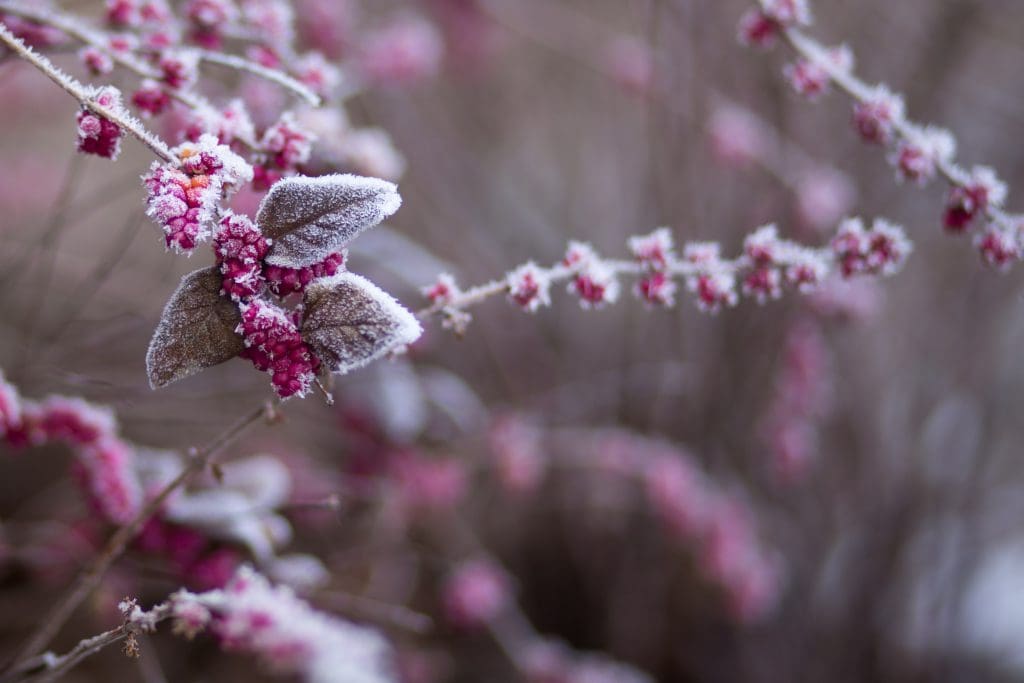Winter is associated with a limited color palette featuring shades of brown, gray, and low saturated green and blue. Snow usually makes things better but what if you aren’t lucky enough to live in an idyllic place and benefit from snowy winters? How can you photograph wet and foggy cities that lack color and personality? How can you present in artistic manner empty fields, the leaden sky, and forests with no foliage? Nevertheless, nature is beautiful all year round and winter shouldn’t keep you from getting outside and taking great pictures. Let’s explore photographing winter colors! Dress for the season and don’t forget to keep your camera warm and dry as well. Batteries discharge quicker at low temperatures and humidity can affect your lens.
Black and white photography
When color isn’t the focal point of your compositions, you can give up color completely without losing much. Consider black and white photography as an aesthetic for your winter photos. It works very well with gritty cities and deserted fields. Furthermore, black and white photography increases contrast and enhances shapes and textures. It allows you to focus more on storytelling and create artful photos. Add drama and explore unusual angles and perspectives. Get very close to your subject and discover unseen shapes and patterns. Or go very far and transform the scene into a minimalist painting in which people and buildings become silhouettes.
Photo by Stephen Leonardi on Unsplash
Analogous winter colors
Limited color palettes create amazing atmospheric photos. Use low saturated colors to create soft and nostalgic compositions. Winter mornings are especially rewarding when you want mist, silhouettes of trees breaking through clouds, and heavy gray sky. If you catch a sunny day, you’re really lucky because winter sunrises and sunsets are more dramatic than ever. Strong shades of pink and violet add more drama and contrast to your photos. Thus, learning to work with analogous colors is a good idea for winter days.
Photo by Andrew Ridley on Unsplash
Long exposure
Winter means short days with low lighting conditions. You may need to increase the ISO to achieve the correct exposure. But this type of light is particularly good for long exposure shots. Take advantage of mist and clouds. Photograph the city using long shutter speeds and transform people and cars into art. Because it’s getting dark very early, you don’t have to spend the night on the streets. Also, the sunrise is at a decent hour so you may want to photograph mountains at sunrise. However, avoid using long exposures when you have snow in the scene because it will be overexposed.
Photo by Pascal Debrunner on Unsplash
Winter isn’t the season to keep your camera in the closet. It has its advantages and drawbacks but is nonetheless spectacular. Observe how quickly the weather changes, how humidity affects your lighting conditions, and how the low direction of the sun creates atmosphere and mystery. It’s the season to be inspired and creative, think more before pressing the shutter release, and create more interesting compositions.
Cover Photo by freestocks on Unsplash

